Home>Ideas and Tips>The Unseen Danger Detecting Hidden Mold
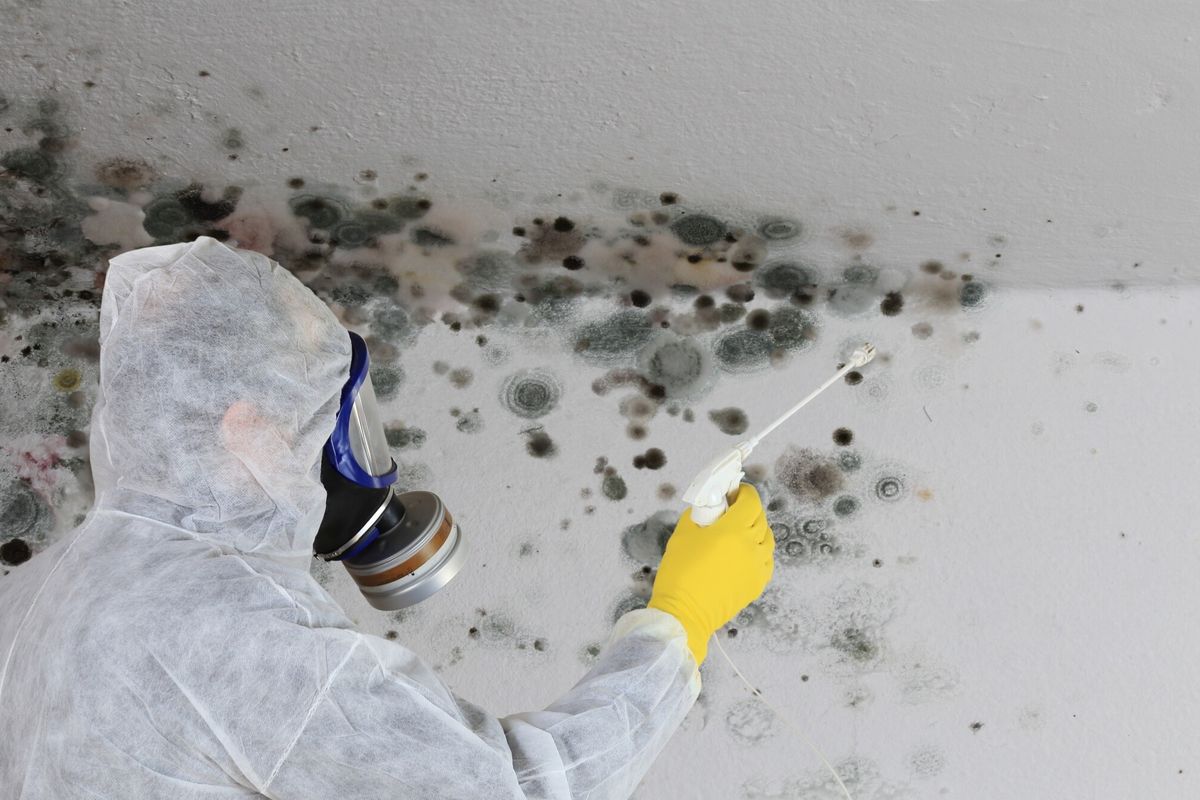

Ideas and Tips
The Unseen Danger Detecting Hidden Mold
Published: October 19, 2024
Learn how to detect hidden mold in your home, understand its health risks, and discover advanced inspection techniques to keep your living space safe.
(Many of the links in this article redirect to a specific reviewed product. Your purchase of these products through affiliate links helps to generate commission for Storables.com, at no extra cost. Learn more)
Mold is a ubiquitous presence in our homes and buildings, often growing in areas that are out of sight. While some types of mold are harmless, others can pose serious health risks and cause significant property damage. The danger of mold lies in its ability to grow and spread quickly, often hidden from plain sight. In this article, we will delve into the world of hidden mold, exploring its causes, risks, and the importance of detecting it early.
What is Mold and Why is it Dangerous?
Mold is a type of fungus that thrives in moist environments. It reproduces by releasing spores into the air, which can then settle and grow on various surfaces. While some types of mold are harmless, others can cause allergic reactions, respiratory issues, and even infections in individuals with weakened immune systems.
The danger of mold lies in its ability to grow and spread quickly. It can thrive in areas with high humidity levels, such as bathrooms, kitchens, basements, and crawl spaces. Additionally, mold can grow behind walls, under carpets, and in other hidden areas, making it difficult to detect without specialized inspection techniques.
Read more: How Dangerous Is Uranium Glass
Health Risks Associated with Mold
Mold exposure can range from mild allergic reactions to severe respiratory conditions. Symptoms of mold exposure include coughing, sneezing, throat irritation, nasal stuffiness, eye irritation, skin irritation, and in severe cases, asthma attacks. Those with pre-existing respiratory conditions, immune suppression, or allergies may be more susceptible to the effects of mold.
For example, individuals with chronic respiratory disease (e.g., chronic obstructive pulmonary disorder, asthma) may experience difficulty breathing in the presence of molds. The Centers for Disease Control and Prevention (CDC) emphasizes that mold can have adverse health effects on people, particularly those with allergies or compromised immune systems.
Property Damage
Beyond the health risks, mold can also cause extensive property damage. It can weaken building materials like wood and drywall, leading to structural issues over time. The musty odor associated with mold can also devalue your property if left unchecked. In some jurisdictions, hiding mold by painting over it constitutes a criminal offense, and homeowners are legally required to inform potential buyers about any defects.
Traditional Methods of Mold Inspection
Traditionally, mold inspections relied on visual inspection alone. Professionals would visually examine the property for any visible signs of mold, such as discoloration, musty odors, or water stains. They would also inquire about any history of water damage or moisture issues in the building.
While visual inspection can be effective in detecting obvious signs of mold growth, it has significant limitations when it comes to identifying hidden mold. Mold can grow behind walls, under floorboards, and in other concealed areas, making it difficult to detect without the aid of advanced technology.
The Limitations of Traditional Mold Inspection Methods
Visual inspection alone cannot provide a comprehensive assessment of mold growth in a property. Even experienced professionals may miss hidden mold, leading to inaccurate conclusions and ineffective remediation strategies. This can result in recurring mold problems and potential health risks for the occupants of the building.
Furthermore, traditional mold inspection methods can be time-consuming and labor-intensive. Professionals may need to tear down walls or remove flooring to access hidden areas, increasing the cost and inconvenience for homeowners. Additionally, visual inspection does not provide detailed information about the type and extent of mold growth, making it challenging to determine the appropriate remediation methods.
Read more: How Dangerous Is Laser Level
Introducing Visual Mold Inspection
Visual mold inspection revolutionizes the way mold is detected and assessed. It combines advanced technology with expert knowledge to provide a comprehensive and accurate evaluation of mold growth in a property. By utilizing specialized equipment such as thermal imaging cameras and moisture meters, professionals can identify hidden mold and assess its severity without invasive techniques.
How Visual Mold Inspection Works
During a visual mold inspection, the professional will carefully examine each room in the property, paying close attention to areas with a history of water damage or high humidity. They will use thermal imaging cameras to detect temperature variations, which can indicate areas of hidden moisture or mold growth.
In addition to thermal imaging, the professional may use moisture meters to measure the moisture content of materials. Elevated moisture levels can suggest the presence of water intrusion or moisture problems, which can contribute to mold growth.
Once the inspection is complete, the professional will provide a detailed report outlining the findings. This report will include recommendations for remediation strategies tailored to the specific type and extent of mold growth detected.
Advanced Technologies for Mold Detection
Several advanced technologies are used in modern mold detection methods to ensure comprehensive and accurate assessments.
1. Thermal Imaging Cameras
Thermal imaging cameras are advanced tools that detect temperature differences in walls and other surfaces. Cooler temperatures can indicate dampness, which could be a sign of mold. Thermal imaging can help locate the source of moisture without the need for invasive measures.
For an in-depth look at how thermal imaging works in mold detection, The International Association of Certified Home Inspectors offers detailed explanations.
Read more: Why Is Insulation Dangerous
2. Moisture Meters
Mold needs moisture to grow, so detecting excessive moisture is a key step in finding hidden mold. Moisture meters are tools used to measure the moisture content in materials like wood, drywall, and concrete. High moisture readings often indicate a potential for mold growth.
3. Air Sampling
Air sampling tests the concentration of mold spores in the air. Samples are collected from different areas of a property and sent to a laboratory for analysis. This method can help identify the presence of mold, even if it is not visible.
4. Surface Sampling
Surface sampling involves taking samples from surfaces to test for mold. This can be done through swabbing, tape lifting, or bulk sampling of materials. Like air sampling, these samples are analyzed in a lab to identify the type and concentration of mold present.
5. Borescope Inspection
A borescope is a small camera on a flexible tube that can be inserted into small openings or cavities. It allows for visual inspection of areas that are otherwise inaccessible, such as inside walls or air ducts.
Read more: Attic Transformations: Hidden Gems Revealed
Professional Mold Assessment
While some mold can be detected through DIY methods, professional assessment is often necessary for accurate detection, especially for hidden mold. Professional mold inspectors have the expertise and tools to conduct comprehensive assessments and provide appropriate remediation recommendations.
Importance of Professional Intervention
Detecting hidden mold requires specialized knowledge and equipment. Professionals have access to advanced technologies like thermal imaging cameras and moisture meters that can detect moisture and temperature anomalies indicative of mold growth.
Moreover, professionals understand how mold behaves in different environments and can identify potential areas prone to moisture accumulation. They can also provide detailed reports outlining their findings and recommendations for remediation.
Signs of Hidden Mold
Hidden mold can manifest in various ways, often without visible signs. Here are some common indicators that you might have a hidden mold problem:
Unusual Odor
A musty odor is often the first indication of a hidden mold problem. Mold emits a distinct musty smell that can be unmistakable. If you have smelled it before, you won’t need to smell it again. Check around your home to compare rooms; if one room smells musty and the others do not, this is a sign there could be mold nearby.
Visual Signs
While visible signs like discoloration or fuzzy growth on surfaces are common indicators of mold, they may not always be present in hidden mold cases. However, look for signs like swelling of drywall paint or water damage stains which can help uncover hidden mold.
Health Implications
Your health while in your home can also be an indication of the presence of mold—especially if you cannot immediately see it. The existence of mold will cause allergy-like symptoms such as feeling listless and tired; congestion and respiratory problems; watering eyes—all while you are in your home. Should these various symptoms disappear whenever you’re at work or shopping, you definitely have a mold issue somewhere within your abode.
Hidden Mold
Hidden mold can be like an iceberg when you find what has made it to the surface after water damage. When the signs of mold are there but you can not seem to find any physical evidence, it is likely that the mold has taken hold inside a wall, crawlspace, or in the attic space. Getting a professional involved to find the mold with testing or with moisture detection tools can save you time and damages.
Prevention and Control
Preventing mold infestations is more effective and less costly than dealing with them after they occur. Here are some key strategies:
Read more: Phantom Drafts Solving Unseen Air Leakage
Controlling Humidity Levels
Maintain indoor humidity levels between 30-50% to inhibit mold growth. Dehumidifiers and air conditioners can help regulate moisture in the air.
Ventilation
Ensure adequate ventilation in high-moisture areas such as bathrooms and kitchens to prevent condensation.
Fixing Leaks
Promptly repair any leaks in roofs, pipes, or windows to prevent moisture accumulation.
Drying Wet Areas
Dry any wet areas within 24-48 hours to prevent mold growth. This includes after flooding, leaks, or spills.
Read more: 5 Real Dangers of a Gas Leak
Conclusion
Detecting hidden mold requires a combination of advanced technologies and professional expertise. By understanding the causes and risks associated with mold infestations, homeowners can take proactive steps to prevent them from occurring in the first place.
Regular mold inspections using visual mold inspection techniques along with advanced technologies like thermal imaging cameras and moisture meters can ensure that hidden mold is detected early on. This not only prevents property damage but also safeguards the health of occupants by reducing exposure to harmful mold spores.
In summary, while traditional methods of mold inspection have their limitations when it comes to detecting hidden mold, modern techniques offer a comprehensive solution for maintaining a healthy living environment free from unseen threats posed by this silent menace.
References:
- Seeing the Unseen: The Power of Visual Mold Inspection Explained by Bob Moore Blog (2024)
- Invisible Mold can Destroy Architecture Silently: How to Treat Mold by ArchDaily (2021)
- Unseen Threats: Hidden Mold Detection Methods by Cal Prestige (2024)
- Do You Have A Mold Problem? Know The Signs Of Mold Damage by Orange Restoration (2020)
- The Silent Menace: Understanding Mold Infestations by SpreadXUSA (2024)
Was this page helpful?
At Storables.com, we guarantee accurate and reliable information. Our content, validated by Expert Board Contributors, is crafted following stringent Editorial Policies. We're committed to providing you with well-researched, expert-backed insights for all your informational needs.
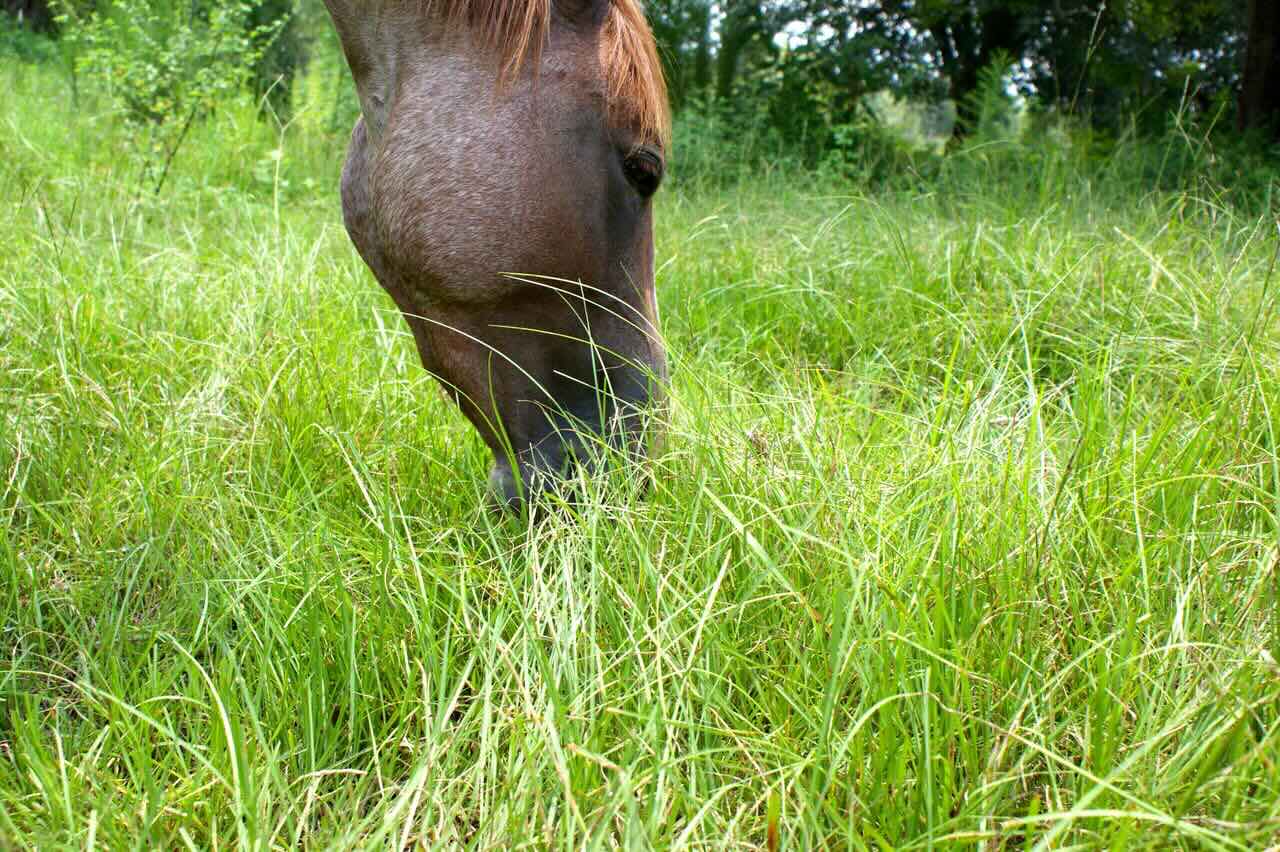
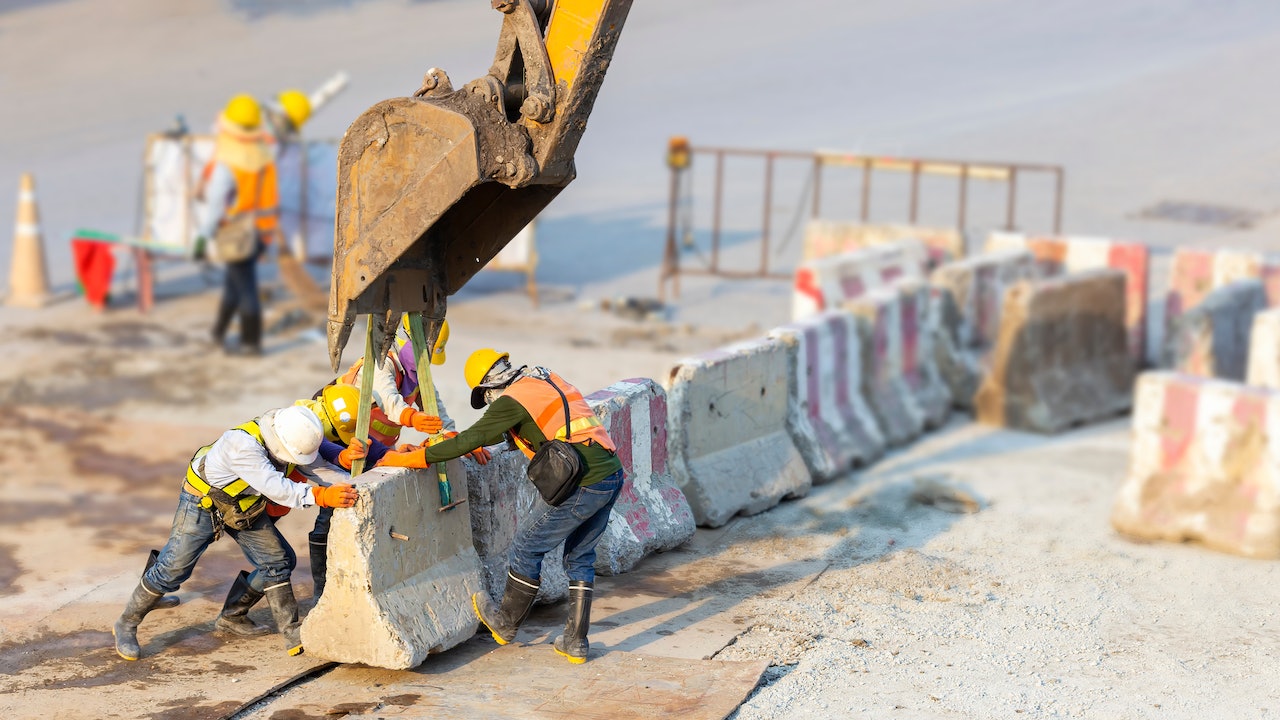

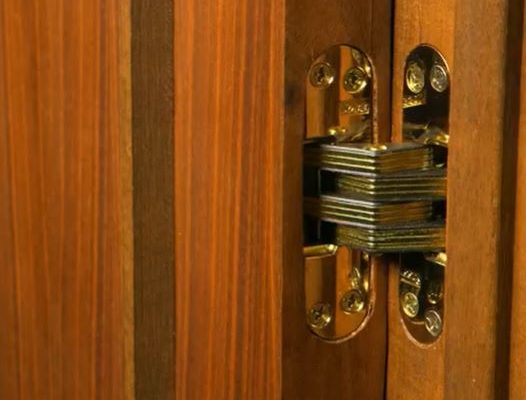
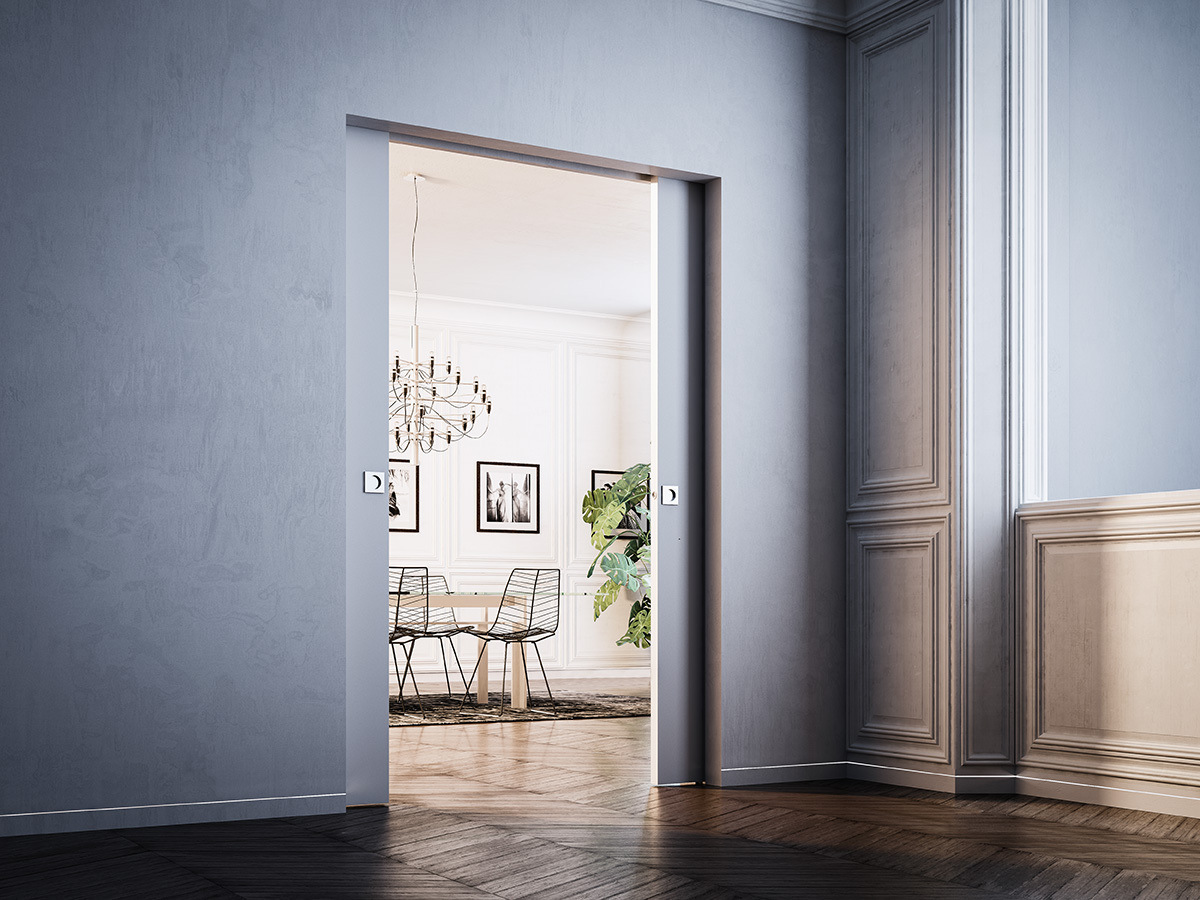

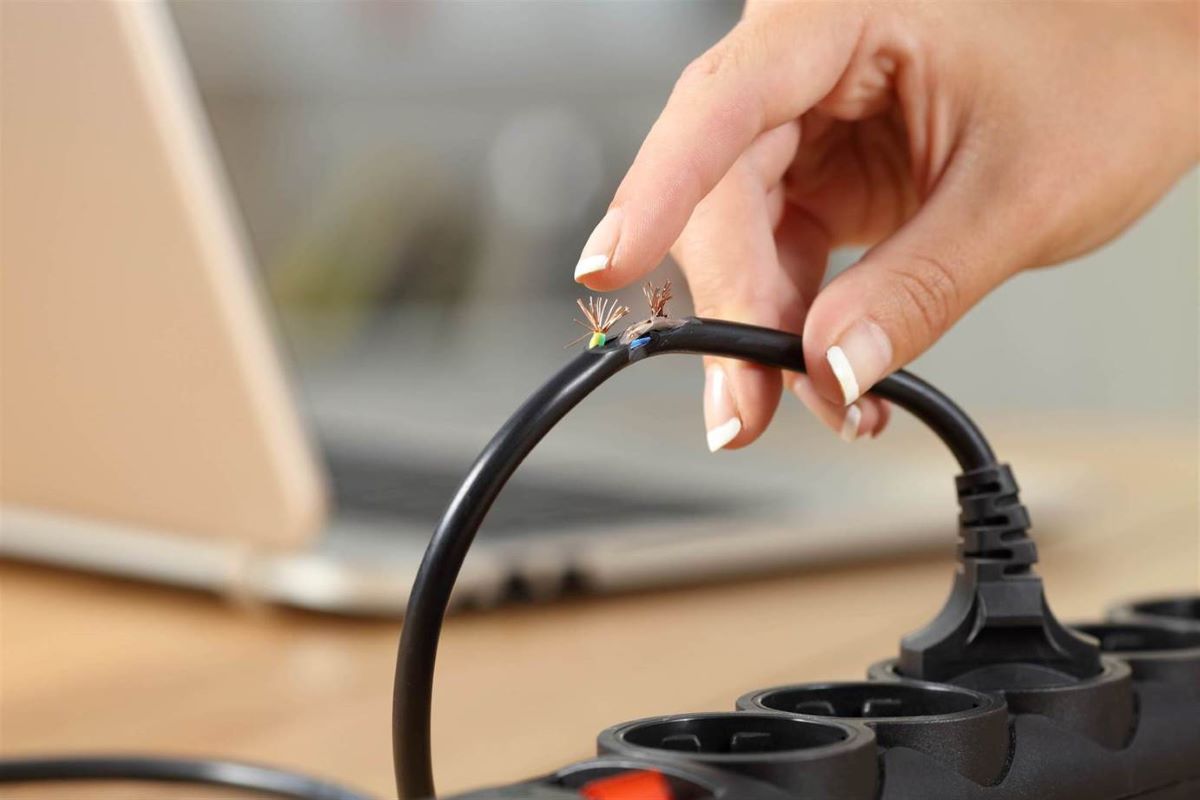
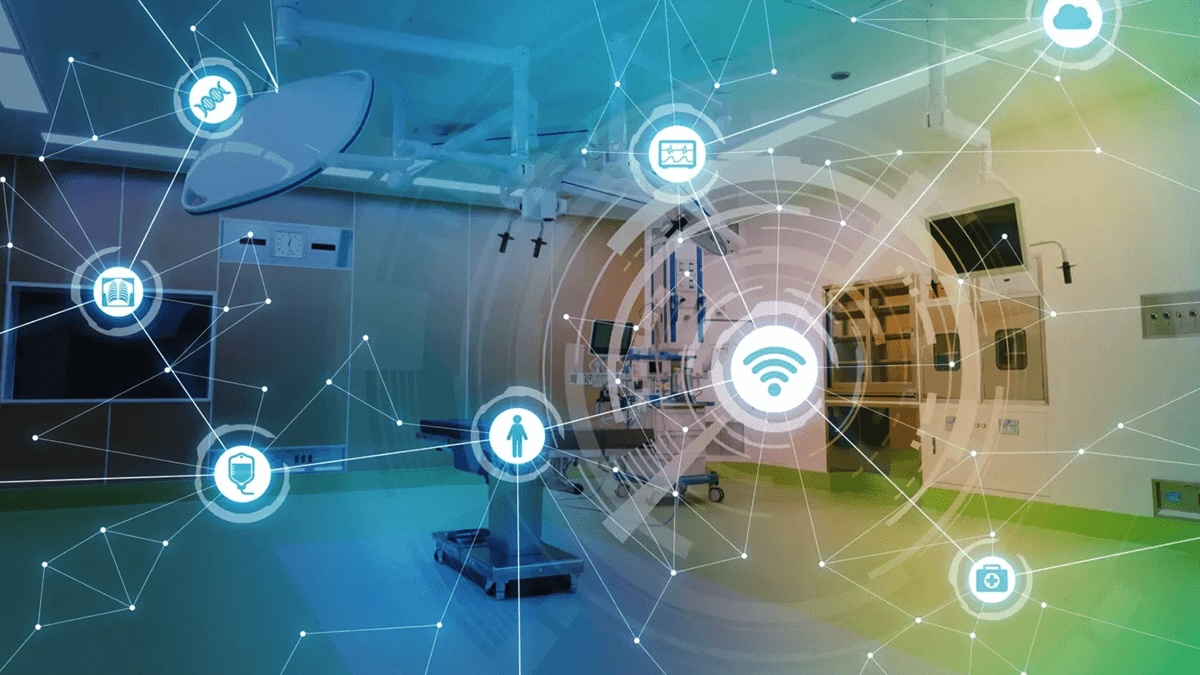
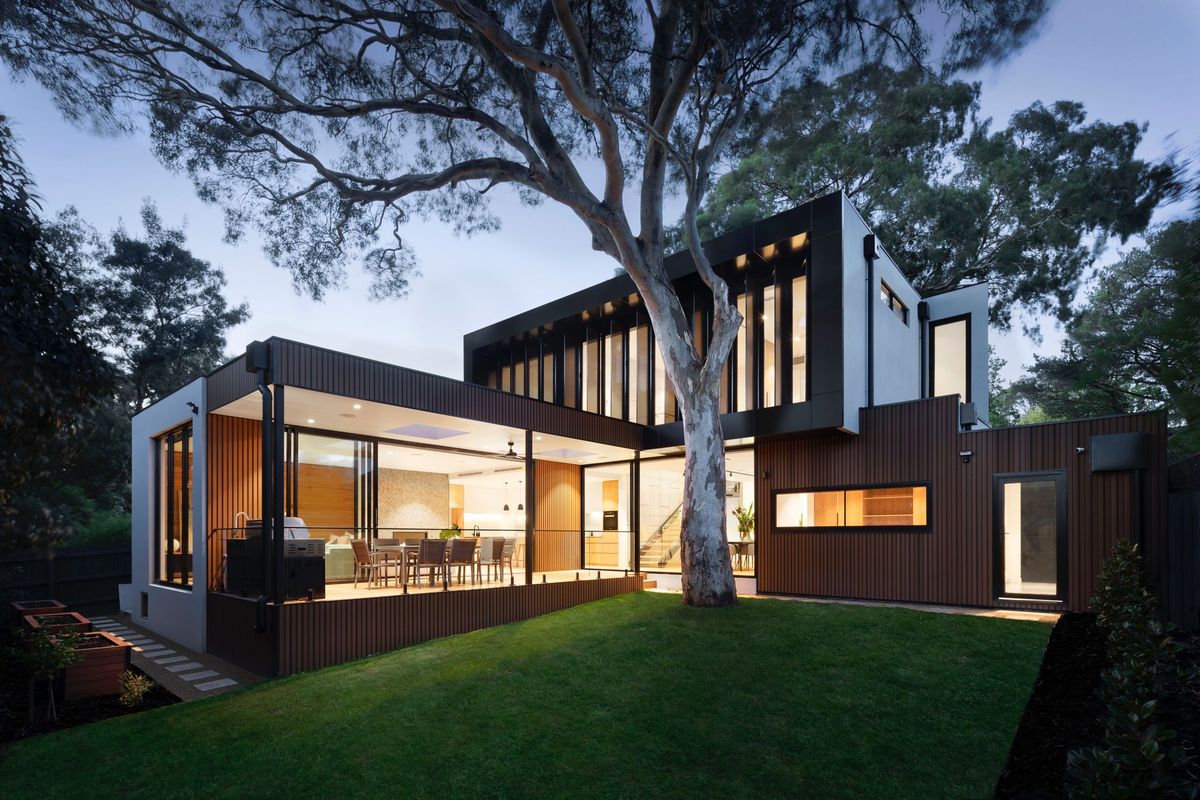

0 thoughts on “The Unseen Danger Detecting Hidden Mold”